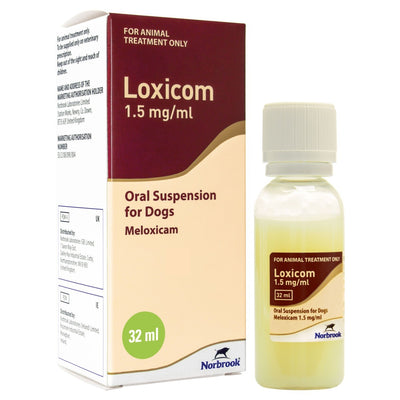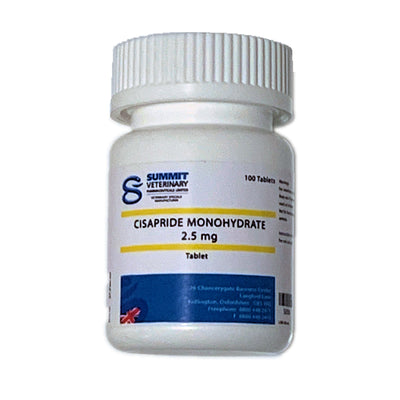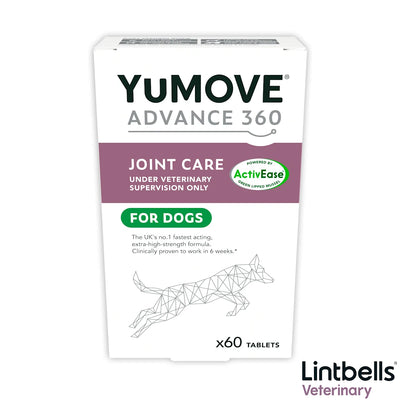What to Watch for After Taking Your Dog on a Long Summer Stroll

A hot summer's day can be the perfect backdrop for an enjoyable long walk with your faithful four-legged companion. However, it's crucial to keep in mind that our pets handle heat quite differently than we do. As responsible pet parents, we need to consider the potential hazards of the scorching sun and higher temperatures.
Let's start by raising the red flag: Please avoid venturing out with your pet in extreme temperatures. Dogs are not equipped to handle intense heat in the same way we can, and they can quickly become overheated, which can lead to serious health issues. Furthermore, if your dog is already showing signs of illness, consider skipping the walk altogether and contact your vet immediately. You know what they say - better safe than sorry!
Now, let's dive into the five signs you need to keep an eye on after you and your furry friend return from a long walk on a hot day. You might need a cup of tea for this one!
1. Check for signs of dehydration
Dogs can lose a lot of water on a hot day, especially if they've been exercising. Dehydration in dogs can lead to serious health problems, so it's a good idea to know the signs. The first is dry and sticky gums. A well-hydrated dog's gums will be moist and slick. If your pooch’s gums feel dry or sticky, they may be dehydrated. Another sign is a dry nose.
Additionally, you can test your dog’s skin for elasticity by gently pulling up the skin at the back of their neck. If it springs back quickly, your dog is hydrated. If it takes a few seconds to return to its normal position, your dog may be dehydrated. Remember, your best bet is to keep your furry friend well-hydrated before, during, and after the walk. Bring along a portable doggy water bottle on your adventures.
2. Monitor their energy levels
Energy levels can say a lot about your pet's health. If Fido typically has the zoomies after a walk but is instead lying lethargically on the floor, it might be a sign of heat exhaustion. Monitor their behaviour closely, and if it's out of the ordinary, it's worth noting.
Energy levels should ideally return to normal after a rest and rehydration period. However, if your dog still appears overly tired or lethargic, it may be a sign that the heat has affected them more than you realise. In such cases, it's always wise to seek veterinary advice.
3. Look at their paws
A hot pavement can do quite a number on your dog's paws. After a warm walk, always inspect your dog’s paws for any signs of burns, such as redness, blisters, or any darkening of the skin on their pads. A good rule of thumb is to touch the pavement with your hand before heading out. If it's too hot for you, it's too hot for them.
Your dog's paw pads might be more durable than your bare feet, but they're not invincible. If you notice any signs of discomfort or damage, contact your vet for advice. Better yet, consider investing in dog booties to protect those precious paws from hot pavements and rough terrains.
4. Pay attention to their breathing

A panting dog can be a perfectly normal occurrence, especially after a long walk. Dogs primarily use panting to cool themselves down. However, excessive panting, especially once you're home and your dog has had a chance to rest, can be a cause for concern.
It's vital to note any changes in your dog's regular breathing pattern. Rapid, shallow breathing, difficulty breathing, or excessive drooling combined with panting might indicate overheating or even heatstroke, which requires immediate veterinary attention. Always trust your instincts. If your dog's breathing doesn't seem right, don't hesitate to call your vet.
5. Watch for changes in appetite
Just like humans, dogs may lose their appetite when they're feeling under the weather. A hot and tiring walk could make your dog less interested in their dinner, and that's okay as long as it's a temporary change. Ensure they're drinking plenty of water, and give them a chance to rest.
However, if your dog’s disinterest in food continues or if they're attempting to eat but seem to have difficulty, it might indicate a more serious issue. Other symptoms such as vomiting or diarrhoea combined with a loss of appetite can signal heatstroke, among other conditions. If your dog refuses to eat for more than a day, get them to the vet as soon as possible.
Summertime should be a season of joy and adventure for both you and your canine companion. By remaining vigilant and noticing these signs, you can ensure your dog stays safe during your warm weather escapades. So, next time you're off on a sunny expedition with your furry friend, remember these tips and keep the walkies jolly and safe for everyone involved!





